The last few decades have seen a literal expansion in people; not in numbers, but in size. Worldwide, particularly in developed nations, people have been getting fatter and less fit.
Sedentary lifestyles and cheap, high-fat food has led to this trend, with predictions now that in North America, more than twenty five percent of adults will be obese within the decade. Obesity is more than just unsightly it is responsible for a raft of health problems including heart disease, cardiovascular problems, strokes, diabetes and respiratory problems. Obesity is certainly not a problem confined to North America; anyone in Japan must have heard the term “metabolic syndrome” that has become the buzzword for diets and weight loss programs throughout the country.
Knowing that being overweight can lead to health problems, many people have begun to seek out changes in their lifestyle and eating habits to try to reverse the weight gain. It is no secret that to effectively lose weight, one needs to eat less and exercise more; it is just that simple. Being in Japan, where the traditional diet is heavy on fish, vegetables and rice as opposed to meats, breads and carbohydrates, the eating less aspect should be the easy part (assuming some self-control, of course).
Exercise in Japan, especially Tokyo, is a little more difficult than in the West as space is at a premium; it is hard in Japan to pick up and head off to the golf course on the spur of the moment or go for a hike in woods. There are actually many options for those serious about getting fit from solo sports and team sports everywhere.
Walking and running are probably the two easiest and definitely the most accessible sports for most people and Tokyo offers limitless options for anyone willing to head out the door. Those in central Tokyo may take advantage of the popular route around the Imperial Palace, or countless paths running through Yoyogi Park. People living in the eastern and southern wards have miles and miles of riverside paths while those in the western burbs of the metropolis have easy access to the mountains and hills of Yamanashi and Saitama.
Cycling is another relatively accessible option in Tokyo, although riding the city streets can be more than a little nerve-racking. It is worth noting that by the letter of the law, cyclists are supposed to use the roads as opposed to the sidewalk, but in practice, bikes tend to use the sidewalks more. When buying a bicycle, the store will register the bicycle with the police making it easier to find the bike should it be stolen. Bikes in Japan range from the basic “mama-chari”; the iconic bicycle ridden by mothers around the country to sleek racers and mountain bikes. Cycling from home to the train station is an excellent option for daily exercise, although it is worth noting that there are designated areas for parking and leaving your bike outside of these areas, may result in the unpleasant experience of finding your bicycle “taken away” by the local ward office.
Swimming is not quite as accessible, but there are many opportunities there if you are willing to look around. Firstly, there are private gyms, many of which have pools available for their members, but these can be quite costly if one is only using the pool of these gyms. Almost every ward in Tokyo has a public sports facility and most have pools (some, like Shinjuku have more than one) that are available for use for between ¥200 and ¥500. Many public schools also open their pools to the public in the evenings on weekends and during summer holidays.
Team sports are also an option; there are many diverse, multi-cultural groups that play futsol, soccer, volleyball, hockey, basketball, American football and countless others that are invariably friendly and are almost always seeking new members. For some examples, see sidebar below.
With so many options to choose from, there really is no excuse for not getting in shape in Japan and with a little will power in the diet department, a fitter, trimmer, healthier you is realistic and possible.
Running
Namban Rengo is an informal international running club catering to runners of all abilities with weekly workouts and race information available. See www.namban.org for details.
The Japan Bicycle Promotion Institute
This is a non-profit organization that promotes the Japanese bicycle industry as well as providing safety information and information about cycling courses and routes.
www.jbpi.or.jp/english/index.html
Half-Fast Cycling
Cyclists of all levels meet every month for slide shows, lectures and ride planning sessions. See www.halffastcycling.com for more details.
Public Swimming
Contact your ward office for information on public pools in your area; a ward office listing with phone numbers can be found on page 69.
General Sports
Hiking, camping, cycling, kayaking, skiing, bungee jumping are just a few of the sports on offer with this sports club. See www.tokyogaijins.com for details.
Tennis
This international group offers lessons, games and weekend retreats in and around Tokyo. See www.globa-tennis.com for details.
Basketball
This international group has weekly games and accepts people from all skills levels. Mail to sabatokyo@hotmail.com for more details.
Rugby
The Tokyo Crusaders welcomes players of any skill level for their regular games, training and tours. Mail join@tokyocrusaders.com for details.
Story by James Souilliere
From J SELECT Magazine, November 2008

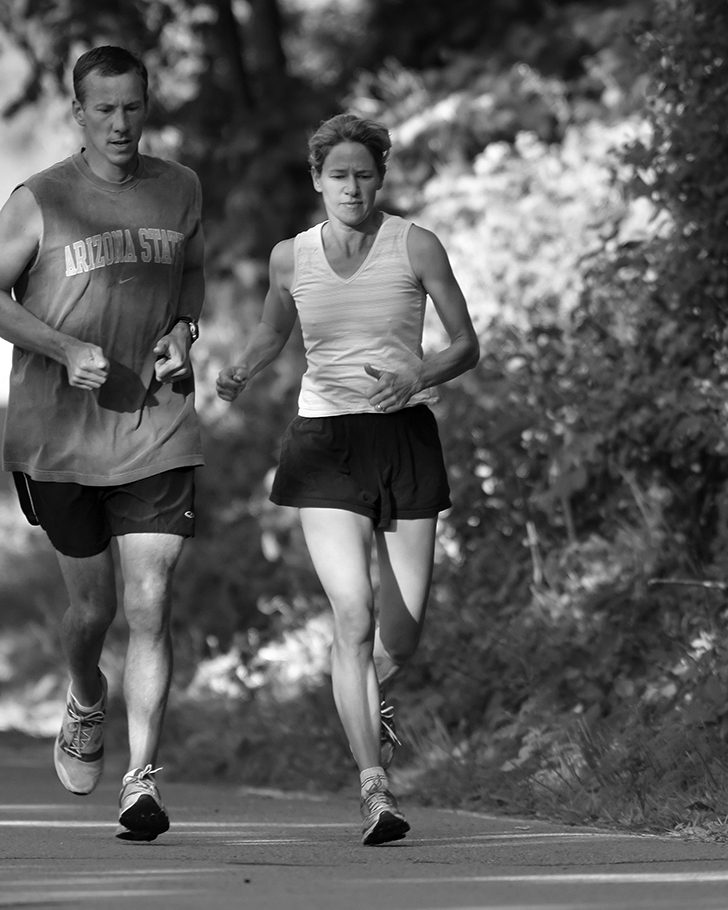


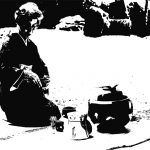



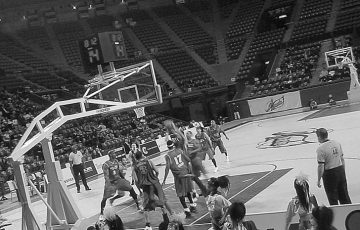
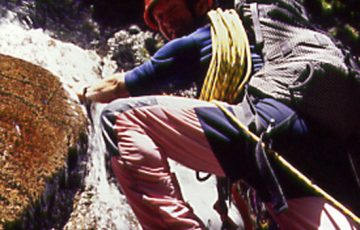

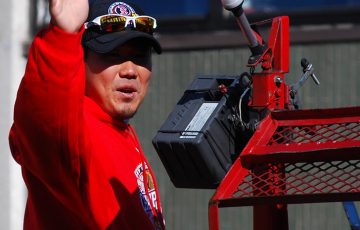
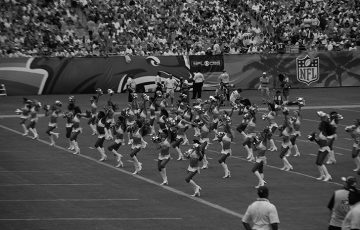


Recent Comments